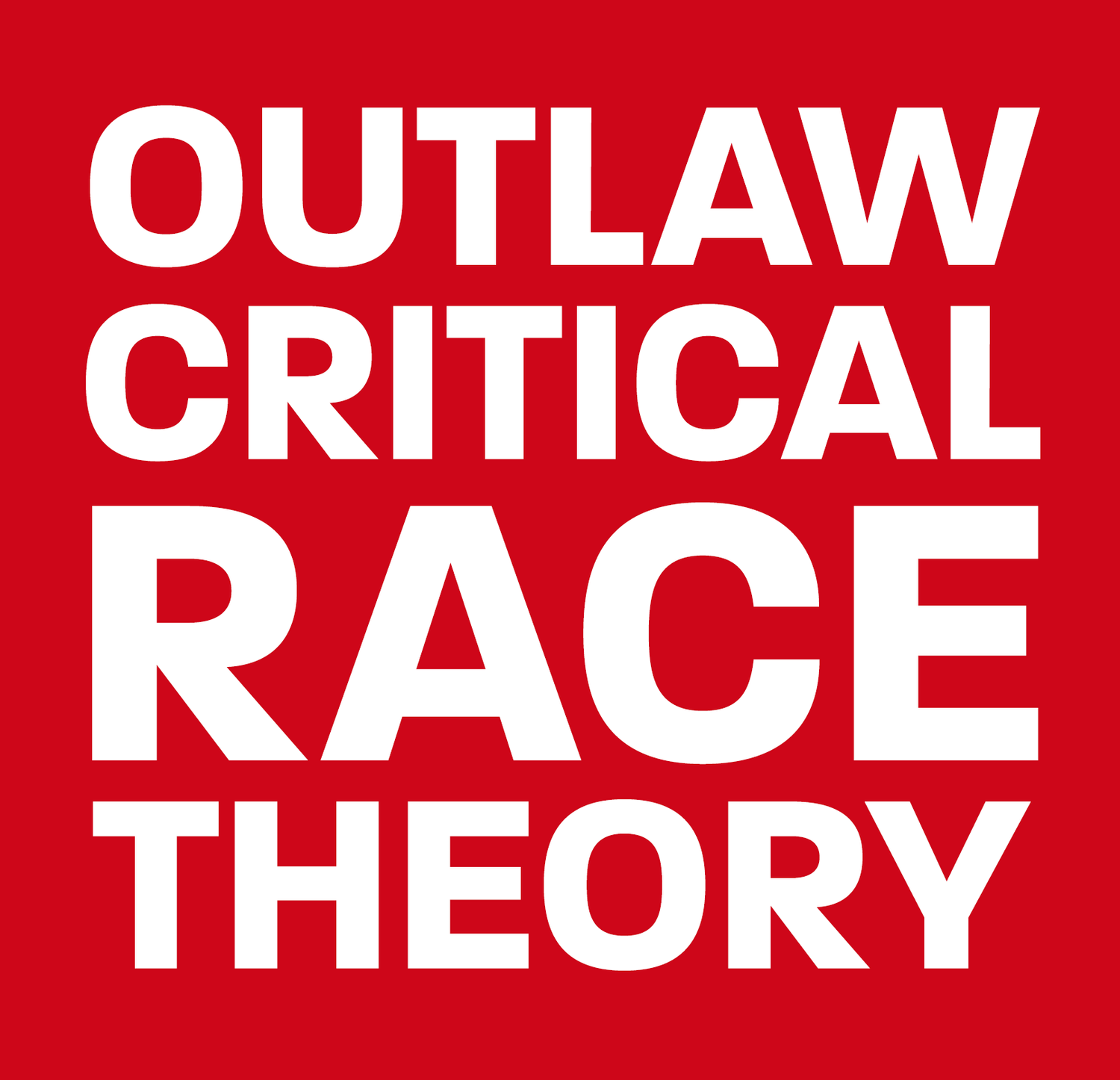The New York Times' journey from paper of record to home of the 1619 Project
Originally Published on Fox News
Critics argue the 1619 Project reveals the outlet's liberal bent.
The New York Times, long called America’s paper of record, has strayed too far to the left in the eyes of some critics, and the starkest example for them in recent memory is its championing of the controversial 1619 Project.
Led by Nikole Hannah-Jones, the 1619 Project aims to "reframe" America’s history through the lens of slavery. It won a Pulitzer Prize but has been criticized for historical inaccuracies, with one Times columnist, Bret Stephens, calling it a "thesis in search of evidence." Hannah-Jones is outspokenly left-wing and has taken on a sharply defensive posture over any critiques of her work.
"Activism" is not traditionally a word associated with journalism, but for Hannah-Jones, author of the 1619 project, they are one in the same. "All journalism is activism," she told CBS News last year.
Newt Gingrich called the project a "propaganda campaign on race," and Washington Post columnist George Will said the project was "malicious" and "historically illiterate."
Hoover Institution senior fellow Victor Davis Hanson told Fox News Digital the 1619 Project reveals the New York Times "does not care about the truth," but rather "hires and promotes its reporters and editors on woke - race and gender - criteria rather than proven reporting excellence."
"It is the CNN of print journalism," Hanson continued, "and has done to its reputation what CNN did to its own -ruin it for short term political expediency."
Hanson said the New York Times was always a liberal paper, but has now become "hardcore progressive."
"It no longer believes in duty to report factual events, and welcomes a free exchange of ideas, but has become a propaganda organ to achieve left-wing agendas by any means necessary," he said..

